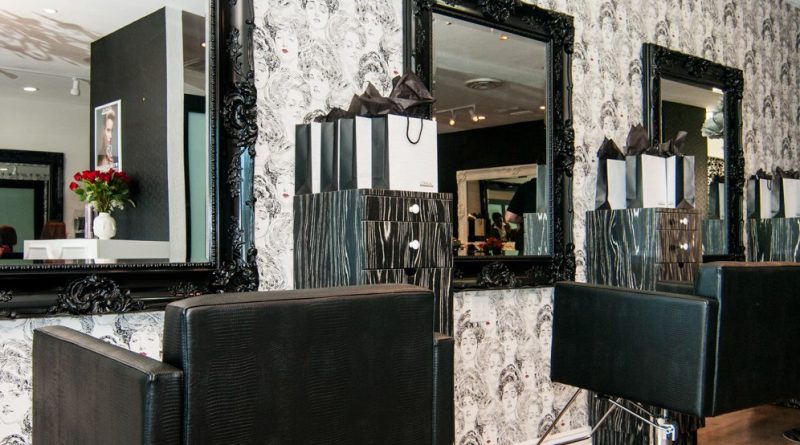Choosing a Plug For Wall Lamp
When it comes to a plug for wall lamp, you have many options available. From contemporary to traditional, there are a wide range of styles and finishes that will fit with your home décor. Plug in wall sconces are easy to hang and are great for lighting bedrooms, hallways and more. There are also hardwired versions that offer a more permanent solution.
The best choice will depend on your home and the location of the wall sconce. Some people prefer the look of cords hanging down from a fixture, while others dislike them. In some cases, the cords can be a safety concern if children or pets are around. Fortunately, there are solutions for hiding the cords or even making them disappear completely.
For example, if you like the clean look of a hardwired fixture, consider one with an integral cord cover. These can be painted to match your fixture or blend in with the wall color. You can also purchase removable covers that snap into place to hide the cable and make it less visible. Ccovv
Alternatively, you can opt for a recessed fixture that has a hidden cable and trim. These are ideal for more minimalist spaces, and you can still access the outlet by pulling the trim back if necessary. You can also add a matching trim to your walls to conceal the hole left behind when installing the recessed fixture.
If you prefer a more dramatic look for your wall sconce, opt for an uplight. These lights project light upwards to make the space feel bigger and are perfect for living rooms and hallways. You can even use them in a bathroom to create an elegant vanity area.
A wall plug, also known as a rawlplug, is a small fitting that can grip and hold screws when installed in walls. They work well in most types of wall material and are especially useful for those made from materials that do not expand. The type of screw you need to install will determine the plug size that is suitable. The weight of the item you need to hang will also play a part, as heavier items require a larger screw gauge than lighter objects.
When installing a wall plug, start by checking for hidden pipes and cables using a multi detector before drilling into the wall. Once you are sure it is safe to do so, mark the spot where the drill will go with a pencil. Then, choose a drill bit that is slightly larger than the diameter of the screw you need to install. This will ensure that the wall plug will be able to hold the load you need it to.
Next, carefully drill into the wall and insert the plug. If you are unable to work the plug in with your fingers, use a hammer to drive it in place. You should then tighten the screw to secure it in the wall plug.


